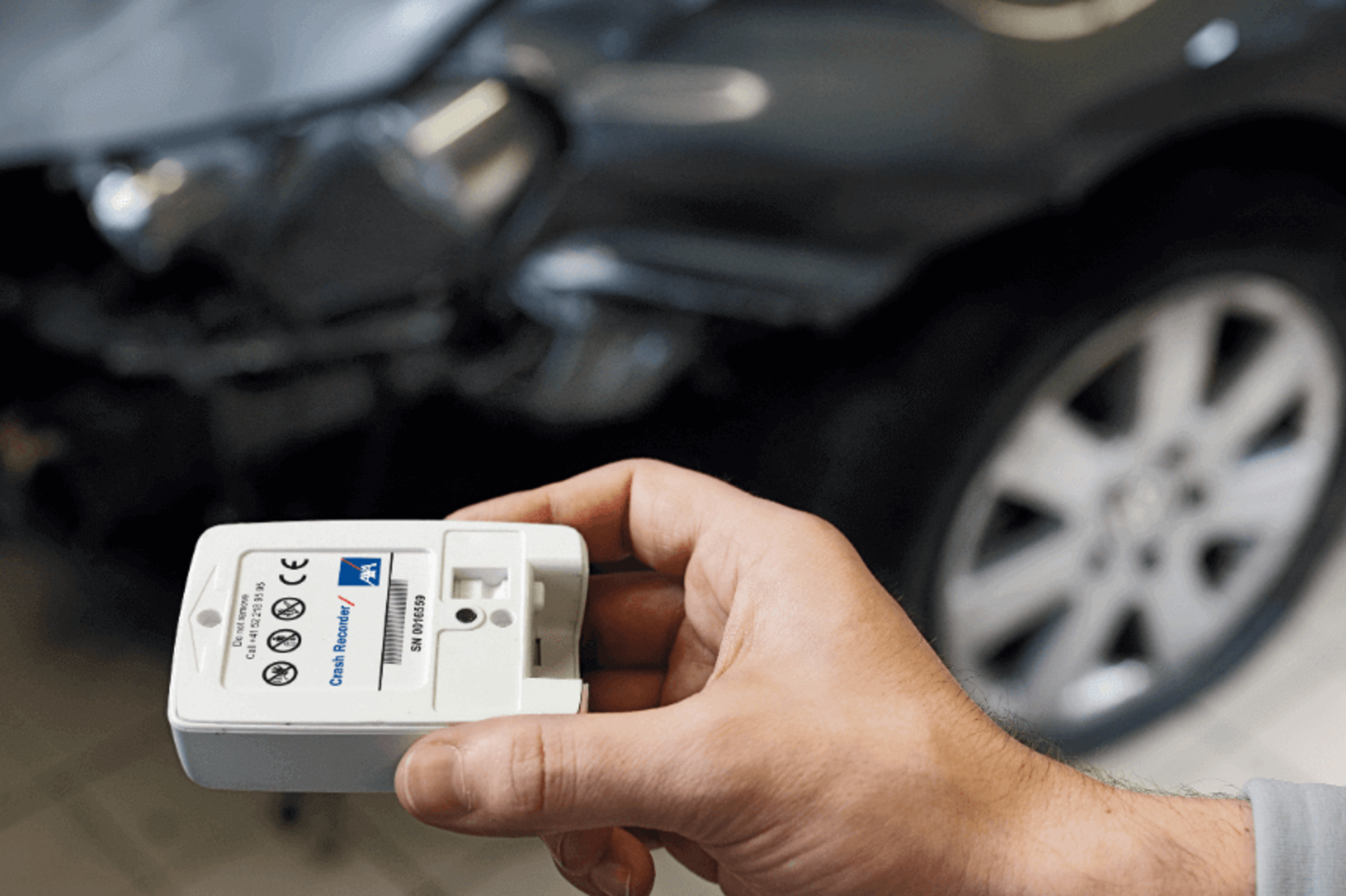Onboard Surveillance: The Impending Era of Event Data Recorders in Australian Cars

As technology continues to weave its way into every aspect of our lives, the automotive industry is on the brink of a significant transformation in Australia. New regulations, aligning with global standards, could soon mandate the installation of 'Event Data Recorders' (EDRs) in all new cars sold down under. Let's delve into the details of this upcoming change, exploring its implications on safety, privacy, and the future of driving in Australia.
The Rise of Event Data Recorders:
Since July 2022, countries, including Australia, signatories to the United Nations' World Harmonisation of Vehicle Regulations (WHVR) have been witnessing the incorporation of EDRs in new cars. Functioning akin to an airplane's black box, these recorders capture specific driver inputs, speeds, and even seat positions, preserving crucial data from the five seconds before a crash and 0.3 seconds after an impact.
Crash Investigations and Accountability:
One of the primary purposes of EDRs is to aid crash investigators in determining fault in collisions. Whether it's assessing if the vehicle was at fault or scrutinizing driver behavior leading up to an accident, the recorded data serves as a valuable tool. It not only increases the likelihood of legal consequences for breaking traffic laws but also poses potential risks of insurance being voided due to non-compliance.

Regulatory Considerations in Australia:
While Australia aligns with WHVR, the decision to enforce these regulations lies in the hands of the Australian government. Privacy concerns have emerged as a crucial factor in the decision-making process. A spokesperson for the Department of Infrastructure and Transport stated that the government is actively examining the implementation of UN Regulation 160 in Australia, weighing the intricacies of data access, management, and privacy implications in alignment with local privacy laws.
Government's Approach: Balancing Safety and Privacy:
The government spokesperson emphasized the commitment to harmonizing Australian Design Rules with international standards to ensure the availability of vehicles with the latest safety technologies at an affordable price. The decision-making process involves careful consideration of policy options, their impact on the public and businesses, costs and benefits, and public consultation results. Striking a balance between safety and privacy remains a key objective.
Key Distinctions from Telematics Devices:
It's crucial to differentiate EDRs from telematics devices, commonly known as 'black box insurance' in the UK. While both record driving data, EDRs focus on preserving information for crash investigations and post-accident analysis. In contrast, telematics devices actively send data back to insurance companies, influencing driver premiums based on their driving habits.
As we stand on the cusp of this automotive evolution, the introduction of EDRs in all new cars sold in Australia represents a paradigm shift in how we perceive vehicle safety and accountability. The government's careful consideration of privacy laws ensures that this transition is not only technologically advanced but also respectful of individual privacy rights. The impending era of EDRs marks a significant stride towards a safer and more transparent driving experience for Australians, ushering in an era where every journey leaves behind a digital footprint.
